Cybernetics can be defined as a multidisciplinary approach to study feedback-driven systems of control between animal and machine.
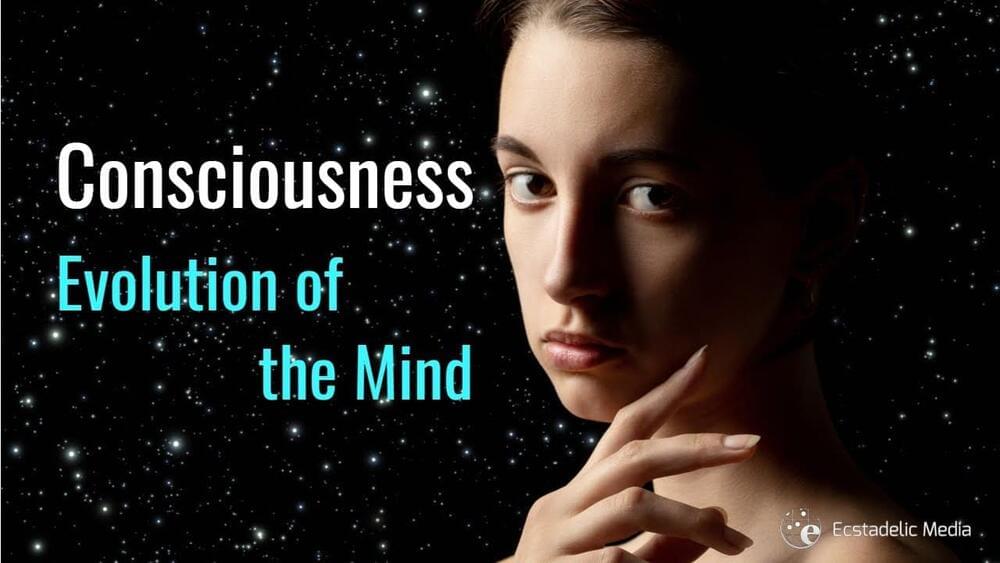

Cybernetics can be defined as a multidisciplinary approach to study feedback-driven systems of control between animal and machine.
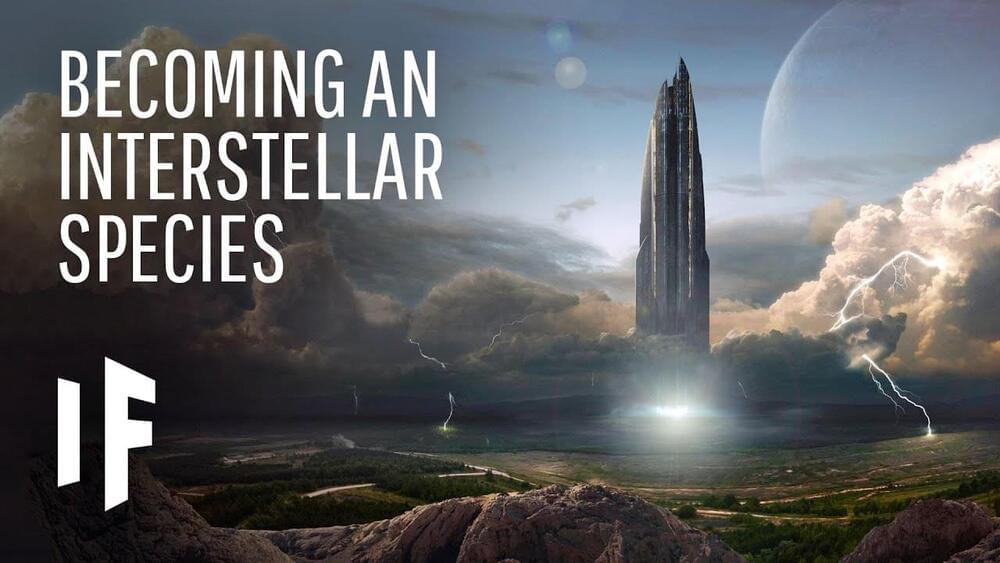
What if humanity grew to be so technologically advanced that we were able to leave our Solar System and spread across interstellar space? Would we hop from one exoplanet to another, colonizing everything on our way? How could we make traveling across the Universe possible?
Transcript and sources: https://insh.world/science/what-if-humanity-became-an-interstellar-society/
Made possible with the support of Ontario Creates http://www.ontariocreates.ca.
Watch more what-if scenarios:
Planet Earth: https://www.youtube.com/watch?v=_-HhCwYD7rc&list=PLZdXRHYAVxTJCzxwmCq0NNpYq9N9wyb2l.
The Cosmos: https://www.youtube.com/watch?v=gfuJyVkMH_g&list=PLZdXRHYAVxTJno6oFF9nLGuwXNGYHmE8U
Technology: https://www.youtube.com/watch?v=CS3bBO05fpU&list=PLZdXRHYAVxTIeRY3JtgXgoGqSEB7kDdKO
Your Body: https://www.youtube.com/watch?v=QmXR46TrbA8&list=PLZdXRHYAVxTJNsV9FFeNAKl2ySsHj8GZO
Humanity: https://www.youtube.com/watch?v=fdCDQIyXGnw&list=PLZdXRHYAVxTIFnvmOeWbv-Mt8zFxSCSvZ
If you enjoy What If, make sure to check out our other channel “Underknown”: https://www.youtube.com/c/interestingshit.
About What If: Produced by Underknown in Toronto, Canada, What If is a mini-documentary web series that takes you on an epic journey through hypothetical worlds and possibilities. Join us on an imaginary adventure — grounded in scientific theory — through time, space and chance, as we ask what if some of the most fundamental aspects of our existence were different.
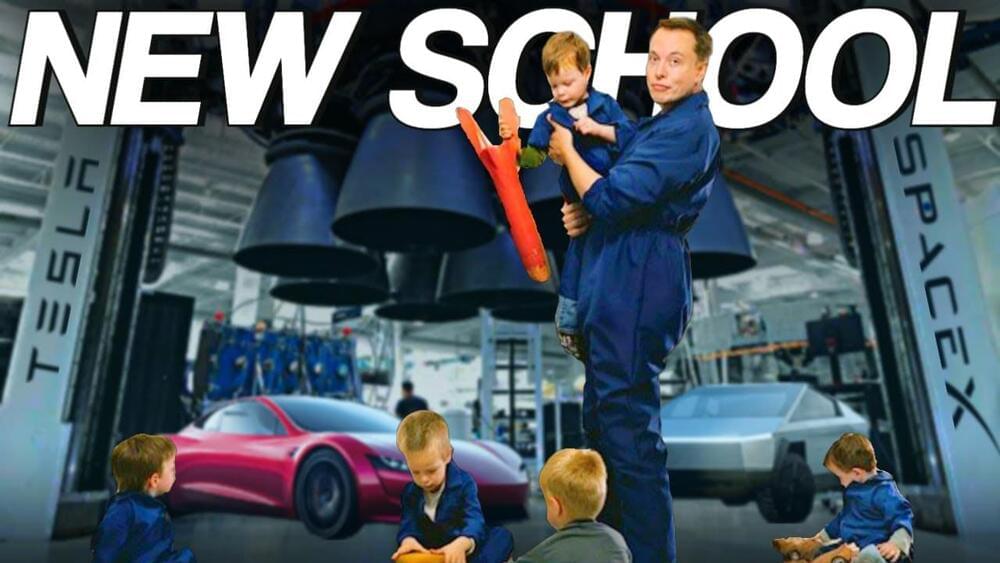
https://www.youtube.com/watch?v=TGFKwxJ-v-0
Ad Astra School is the experimental school that Elon Musk started in one of SpaceX’s factories to give an education to his own children and selected children of SpaceX employees. The future of work will require a set of skills that are not taught in schools today. The future of work will involve robots and Artificial Intelligence collaborating with humans. The Astra Nova School’s pillars include caring about community, focusing on student experiences, and sharing the work they do with the world.
Here students learn about simulations, case studies, fabrication and design projects, labs, and corporate collaboration. In general, school systems are rigid. They are more system-centric than student-centric. Astra Nova is changing that by creating a philosophy of student centricity, a value for individual abilities, praising curiosity, and encouraging problem-solving and critical thinking.





For the best videos be sure to subscribe and turn on the post notifications so you don’t miss any videos and once you’ve subscribed comment something nice for a shoutout.
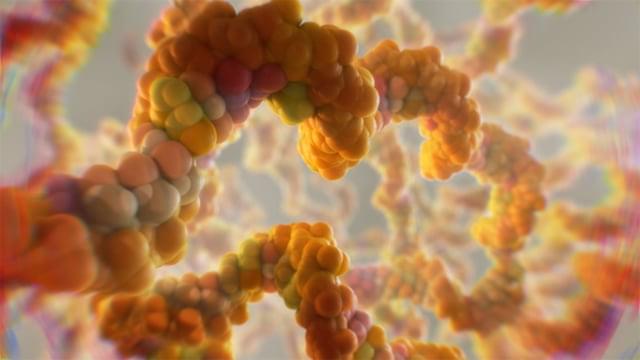
Great video of vital biomolecular processes.
COVID-19 mRNA vaccines deliver directions to make a protein that educates our immune system, so it will neutralize the virus in future encounters. The mRNA-containing lipid particles are taken up by specialized immune system cells. See more: COVIDVaccineAnswers.org
Animation created by and for the Vaccine Makers Project.
Copyright © 2021, Medical History Pictures, Inc. All rights reserved.
The Vaccine Makers Project (VMP) is the classroom-based program of the Vaccine Education Center at the Children’s Hospital of Philadelphia (VEC at CHOP). The Center’s team is composed of scientists, physicians, mothers and fathers devoted to the study and prevention of infectious diseases. The Center was launched in October 2000 to provide accurate, comprehensive and up-to-date information about vaccines and the diseases they prevent. The VMP program is committed to public education about vaccine science via scientifically supported, historically accurate, and emotionally compelling content.
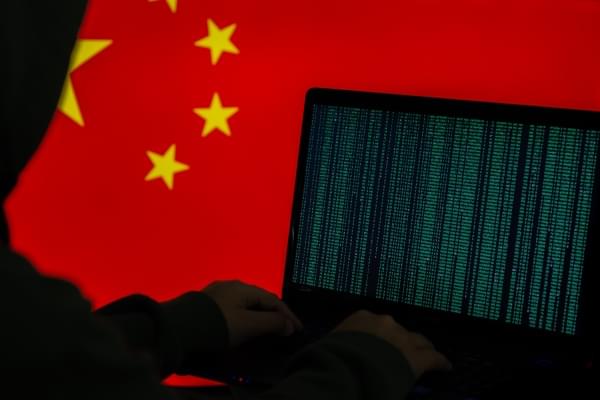
The TechCrunch Global Affairs Project examines the increasingly intertwined relationship between the tech sector and global politics.
Criminals have a long history of conducting cyber espionage on China’s behalf. Protected from prosecution by their affiliation with China’s Ministry of State Security (MSS), criminals turned government hackers conduct many of China’s espionage operations. Alarming as it may sound, this is not a new phenomenon. An indictment issued by the U.S. Department of Justice last year, for example, indicated that the simultaneous criminal-espionage activity of two Chinese hackers went back as far as 2009. In another case, FireEye, a cybersecurity company, alleges that APT41, a separate cohort of MSS hackers, began as a criminal outfit in 2012 and transitioned to concurrently conducting state espionage from 2014 onward. But there’s reason to believe that since then, China has been laying the groundwork for change.
A spate of policies beginning in 2015 put China in a position to replace contracted criminals with new blood from universities. The CCP’s first effort in 2015 was to standardize university cybersecurity degrees by taking inspiration from the United States’ National Initiative for Cybersecurity Education — a NIST framework for improving the U.S. talent pipeline. One year later, China announced the construction of a new National Cybersecurity Talent and Innovation Base in Wuhan. Including all of the Base’s components, it is capable of training and certifying 70,000 people a year in cybersecurity.

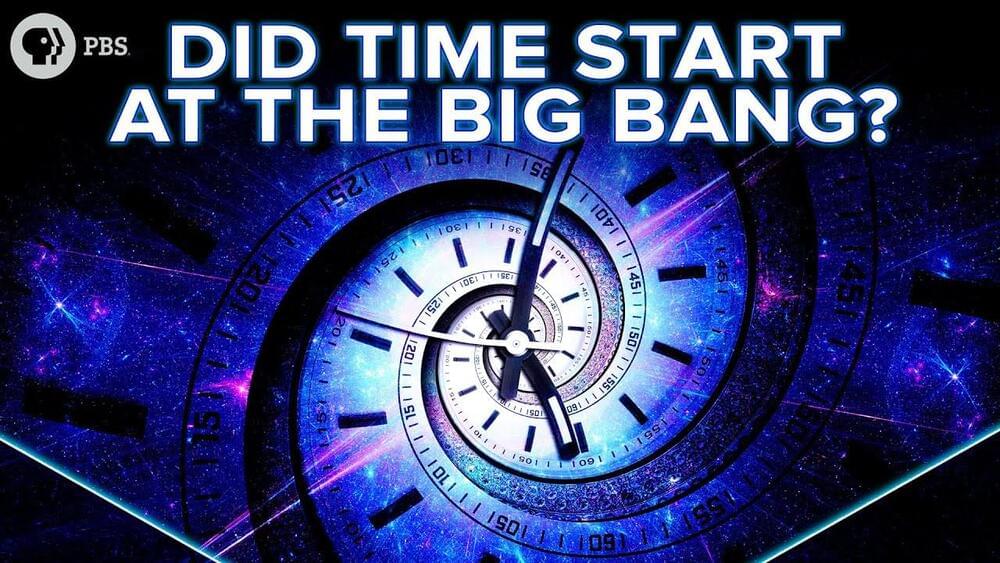
Thanks to LastPass for sponsoring PBS DS. You can check out LastPass by going to https://lastpass.onelink.me/HzaM/2019Q3JulyPBSspace.
PBS Member Stations rely on viewers like you. To support your local station, go to: http://to.pbs.org/DonateSPACE
Our universe started with the big bang. But only for the right definition of “our universe”. And of “started” for that matter. In fact, probably the Big Bang is nothing like what you were taught.
A hundred years ago we discovered the beginning of the universe. Observations of the retreating galaxies by Edwin Hubble and Vesto Slipher, combined with Einstein’s then-brand-new general theory of relativity, revealed that our universe is expanding. And if we reverse that expansion far enough – mathematically, purely according to Einstein’s equations, it seems inevitable that all space and mass and energy should once have been compacted into an infinitesimally small point – a singularity. It’s often said that the universe started with this singularity, and the Big Bang is thought of as the explosive expansion that followed. And before the Big Bang singularity? Well, they say there was no “before”, because time and space simply didn’t exist. If you think you’ve managed to get your head around that bizarre notion then I have bad news. That picture is wrong. At least, according to pretty much every serious physicist who studies the subject. The good news is that the truth is way cooler, at least as far as we understand it.
Check out the new Space Time Merch Store!
https://pbsspacetime.com/
Support Space Time on Patreon.
https://www.patreon.com/pbsspacetime.
Hosted by Matt O’Dowd.
Written by Matt O’Dowd.
Graphics by Leonardo Scholzer.
Directed by Andrew Kornhaber.
Produced By: Kornhaber Brown.
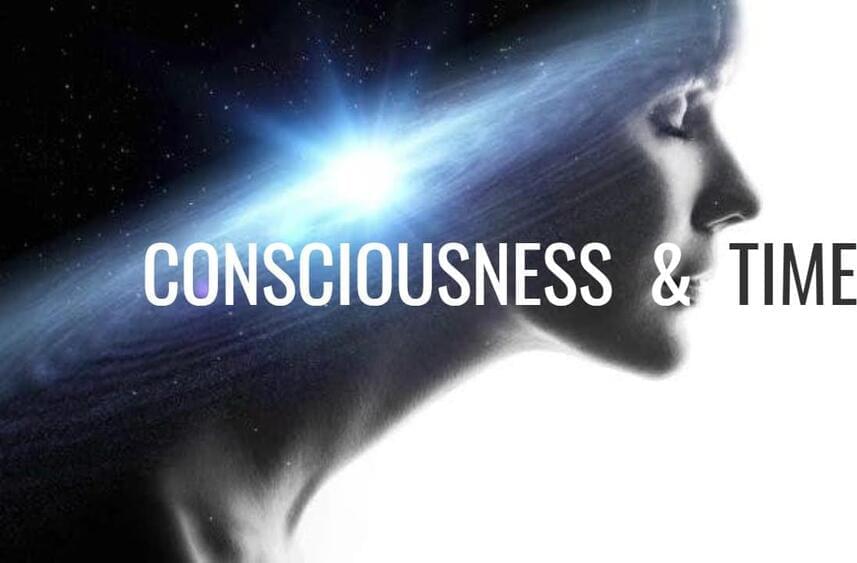
The only experiential time is NOW. Our phenomenal minds spring into existence at increments of conscious instants. The sequence of these Nows constitutes our “stream” of consciousness. D-Theory of Time, or Digital Presentism, is predicated on reversible quantum computing at large and gives us a coherent theoretical framework on the nature of time. In the absence of observers, the arrow of time doesn’t exist — there’s no cosmic flow of time. Instead, each conscious observer is a digital pattern flowing within a multidimensional matrix.
Based on the Cybernetic Theory of Mind by evolutionary cyberneticist Alex Vikoulov that he defends in his magnum opus The Syntellect Hypothesis: Five Paradigms of the Mind’s Evolution, comes a newly-released documentary Consciousness: Evolution of the Mind.
This film, hosted by the author of the book from which the narrative is derived, is now available for viewing on demand on Vimeo, Plex, Tubi, Xumo, Social Club TV and other global networks with its worldwide premiere aired on June 8 2021. This is a futurist’s take on the nature of consciousness and reverse engineering of our thinking in order to implement it in cybernetics and advanced AI systems.
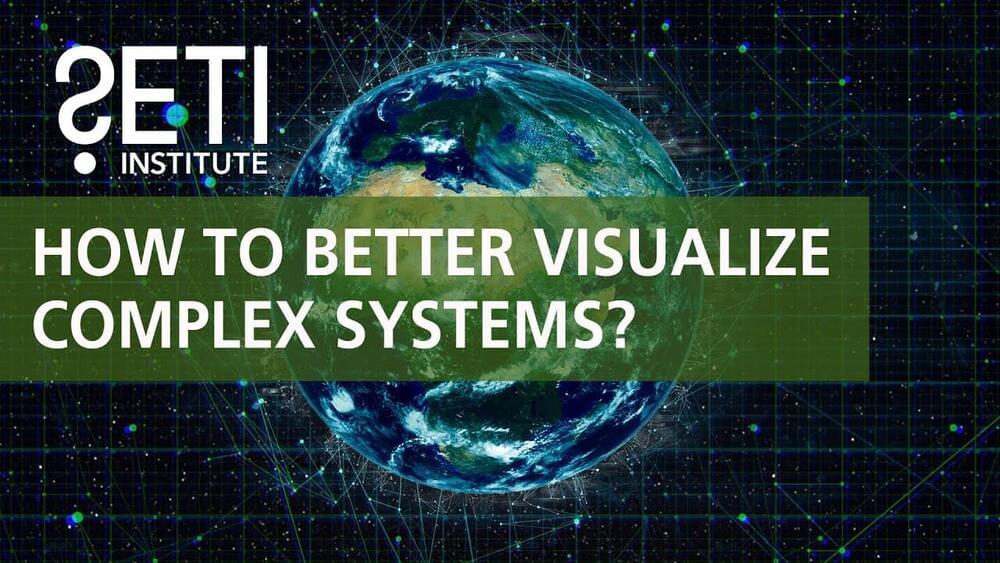
Learning science is about understanding complex systems and interactions among their entities. Telescopes are for observing objects that are far away, and microscopes are for exploring the tiniest objects. But what tools do we have for visualizing general patterns, processes, or relationships that can be defined in terms of compact mathematical models? Visualizing the unseeable can be a powerful teaching tool.
SETI Institute affiliate Dr. Mojgan Haganikar has written a book, Visualizing Dynamic Systems, that categorizes the visualization skills needed for various types of scientific problems. With the emergence of new technologies, we have more powerful tools to visualize invisible concepts, complex systems, and large datasets by revealing patterns and inter-relations in new ways. Join the SETI Institute’s Pamela Harman as she explores what is possible with Haganikar.
If you like science, support the SETI Institute! We’re a non-profit research institution whose focus is understanding the nature and origins of life in the universe. Donate here: https://seti.org/donate.
Learn more about the SETI Institute and stay up-to-date on awesome science:
- Subscribe to our YouTube channel at https://www.youtube.com/c/SETIInstitute/
- Watch our streams over on Twitch at https://www.twitch.tv/setiinstitute.
- Listen to our podcast, Big Picture Science http://www.bigpicturescience.org/
- Subscribe to our newsletter https://seti.org/signup.
- Buy merchandise from Chop Shop https://www.chopshopstore.com/collections/seti-institute/SETI
Don’t forget to like and subscribe! Ring the bell for notifications of when we go live.

It’s been a tumultuous 12 months for mainland China’s richest. Shifts in government policy covering the education and tech industries, along with worries about real estate debt, led to many of the country’s largest private-sector companies experiencing steep share declines. A government push to promote “common prosperity” saw tycoons and tech companies announce billions of dollars in donations to social causes.
Yet overall, China’s 100 Richest saw their collective net worth rise from last year’s list. Their total wealth increased to $1.48 trillion from $1.33 trillion a year earlier. Among the biggest gainers were those who benefited from increased sales at companies tied to green energy industries in which China is a global leader, such as lithium-ion batteries. China, the world’s largest auto market, also leads the world in EV sales. The minimum net worth to make the top 100 rose to $5.74 billion from $5.03 billion a year ago.
The second-biggest increase in wealth went to Robin Zeng, chairman of battery-maker Contemporary Amperex Technology, whose fortune increased to $50.8 billion from $20.1 billion last year. That earned him the No. 3 spot on this year’s list.